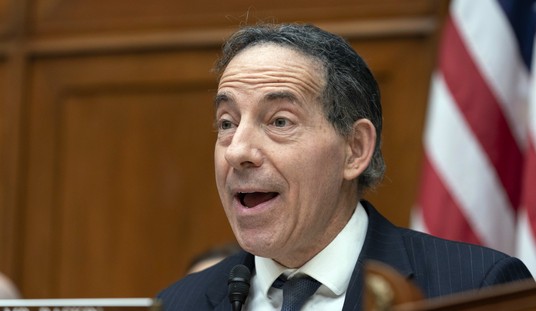While we rightfully criticize the excesses of labor unions and decry the way capitalism is degenerating into crony capitalism, rent seeking, and lobbyist cage matches we have to keep in mind how we got here.
Coal mining is a dangerous occupation today, it was even moreso at the turn of the last century. Miners worked in a system of peonage that treated them as virtual chattel. They lived in company owned homes, they were paid in company scrip that was only good at the company store where goods were sold at inflated prices, miners had to purchased their own tools, explosives, etc. Typically they were paid by the ton of coal loaded per day.
My maternal grandfather was blinded in a coal mine explosion at age 19. A the junior man on a crew he was sent forward to investigate a hangfire on a blasting charge. It went off as he arrived to inspect it. My paternal grandfather quit school at age 13 to work beside his older brother because the two of them could load more coal.
In October, 1913, the miners in the Rockefeller-owned Colorado Fuel and Iron mines went out on strike. They demanded
Recognition of the union as bargaining agent
An increase in tonnage rates (equivalent to a 10% wage increase)
Enforcement of the eight-hour work day law
Payment for “dead work” (laying track, timbering, handling impurities, etc.)
Weight-checkmen elected by the workers (to keep company weightmen honest)
The right to use any store, and choose their boarding houses and doctors
Strict enforcement of Colorado’s laws (such as mine safety rules, abolition of scrip), and an end to the company guard system
The company reacted as usual. The striking miners were fired and their families evicted from their homes. The UMWA constructed tent cities for the miners near the mine sites, though not on company property, in preparation for the strike. The company tried to bring in strikebreakers but the UMWA had carefully located the miner tent cities on routes that were used to bring in strikebreakers and supplies for them. Unsurprisingly, violence happened.
To combat the striker’s resistance, the mine owners engaged the Baldwin-Felts Detective Agency, headquartered in Bluefield, WV. The Baldwin-Felts Agency was second only to the Pinkerton Agency in profile and specialized in strike breaking but it had carried out other highly publicized activities like running to earth Floyd Allen and his family in the aftermath of the Carroll County courthouse massacre. The Colorado governor, following the Golden Rule (he who has the gold makes the rules) called out the National Guard.
On March 10, 1914, the body of a strikebreaker was recovered near Forbes, CO and the National Guard destroyed the tent city at Forbes in retaliation.
On April 20, National Guard representatives entered the camp at Ludlow, CO to demand the release of a man they claimed was being held there. As talks were underway, the National Guard set up a machinegun overlooking the camp. Armed miners decided to outflank the machine gun and force it to withdraw. A gunfight broke out, no one quite knows how it started, the National Guard opened fire on the camp. By 7pm the camp was on fire, the Guard controlled the real estate, and 19 people, 15 of them women and children, were dead. The leader of the camp appeared to have been executed.
This precipitated an insurrection involving some 1000 UMWA miners that lasted 10 days and claimed an additional 35 lives before federal troops arrived to restore order.
In the end, the strikers were starved out and the UMWA called off the strike on December 10, 1914.
Ludlow was a foreshadowing of the unrest in American coal fields that culminated at the Battle of Blair Mountain, August 25-September 2, 1921, which saw striking miners bombed by US Army Air Corps aircraft.














Join the conversation as a VIP Member